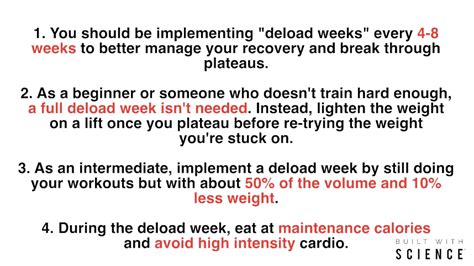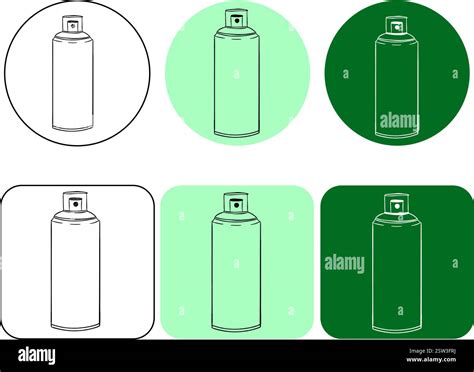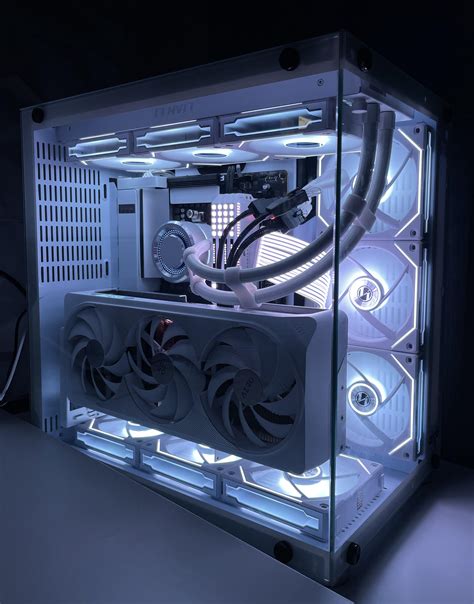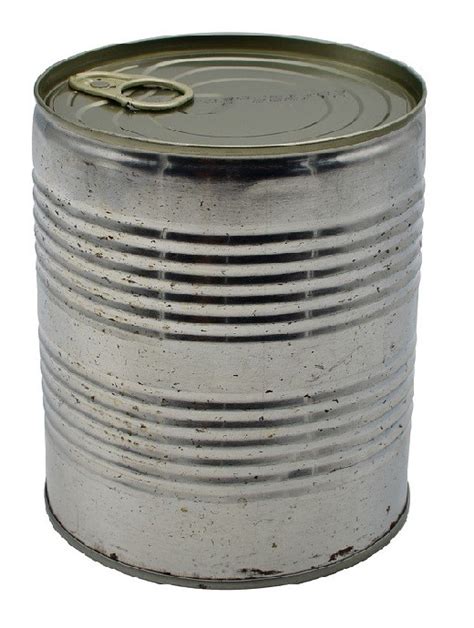Unlock peak performance: How to break strength plateaus effectively?

Every dedicated lifter encounters them: those frustrating moments when your progress grinds to a halt, and the weights that once felt challenging but manageable now seem insurmountable. This is a strength plateau, a natural part of any long-term fitness journey. But encountering a plateau doesn’t mean your journey is over; it means it’s time to intelligently adapt. Breaking through these barriers isn’t about working harder, but about working smarter. Let’s explore effective strategies to reignite your gains and unlock new levels of strength.

Understanding Why Plateaus Occur
Plateaus typically arise when your body has adapted to the stress you’ve been imposing. Initially, new stimuli lead to rapid adaptations, but over time, your body becomes more efficient and requires a different or greater stimulus to continue growing stronger. Common reasons include insufficient progressive overload, inadequate recovery, poor nutrition, overtraining, or simply sticking to the same routine for too long.
Strategy 1: Reassess and Adjust Your Progressive Overload
Progressive overload is the fundamental principle of strength gain. If you’re not consistently challenging your muscles to do more, they have no reason to grow. However, progressive overload isn’t just about adding more weight. It can also involve:
- Increasing Reps: Stick with the same weight but aim for more repetitions.
- Increasing Sets: Add an extra set to your main lifts.
- Decreasing Rest Times: Perform the same work in less time.
- Improving Form: Lifting the same weight with stricter, more controlled form makes the exercise harder and more effective.
- Increasing Frequency: Train a muscle group more often per week (e.g., from once to twice).
- Time Under Tension: Slow down your negatives (eccentric phase) or pause at the bottom of a lift.
Analyze your training log. Are you truly pushing for a new personal best (even a small one) each week, or are you just going through the motions? A small adjustment in one of these variables can often be enough to kickstart progress.

Strategy 2: Optimize Your Nutrition and Recovery
You can’t build a house without bricks and mortar, and you can’t build muscle without proper fuel and rest. Often, a plateau isn’t a training issue but a recovery one.
- Caloric Intake: Ensure you’re eating enough calories, especially protein (around 1.6-2.2g per kg of body weight), to support muscle repair and growth. A slight caloric surplus can be crucial for breaking through strength barriers.
- Hydration: Dehydration significantly impacts performance and recovery. Drink plenty of water throughout the day.
- Sleep: Aim for 7-9 hours of quality sleep per night. This is when your body repairs and rebuilds. Poor sleep can dramatically hinder strength gains.
- Stress Management: Chronic stress elevates cortisol, which can impede muscle growth and recovery. Incorporate stress-reducing activities into your routine.

Strategy 3: Implement Deloads and Periodization
Sometimes, the best way to move forward is to take a step back. A deload week involves significantly reducing your training volume and/or intensity (e.g., 50-70% of usual). This allows your body to fully recover, repair, and supercompensate, often leading to renewed strength when you return to heavier lifting. Implement a deload every 6-12 weeks, or whenever you feel excessively fatigued or notice persistent strength drops.
Periodization involves systematically varying your training over time. Instead of training heavy all the time, you might cycle through phases of hypertrophy (higher reps, moderate weight), strength (lower reps, heavier weight), and power. This keeps your body adapting and prevents stagnation.

Strategy 4: Vary Your Training Variables and Exercise Selection
While consistency is key, monotony can lead to stagnation. Shock your system with new stimuli:
- Accessory Exercises: Swap out or add new accessory movements that target the same muscle groups or address weak links. For example, if your bench press is stalled, add dumbbell bench press, close-grip bench, or push-ups.
- Rep Ranges: If you always train in the 5-8 rep range, try a few weeks in the 10-15 rep range for hypertrophy, or even 1-3 reps for pure strength.
- Training Splits: Experiment with different splits (e.g., full body, upper/lower, push/pull/legs) to change frequency and recovery patterns.
- Technique Refinement: Have an experienced coach or training partner review your form. Minor technique flaws can waste energy, increase injury risk, and limit your strength potential. Sometimes, correcting a small detail is all it takes to unlock bigger lifts.

Conclusion: The Path to Consistent Progress
Breaking a strength plateau is a test of patience, adaptability, and consistency. It requires an honest assessment of your current routine, nutrition, and recovery. By strategically applying progressive overload, optimizing your lifestyle, incorporating deloads, and intelligently varying your training, you can overcome these barriers. Remember, plateaus are not failures; they are opportunities to learn more about your body and refine your approach. Stay persistent, stay smart, and keep pushing towards your peak performance.









